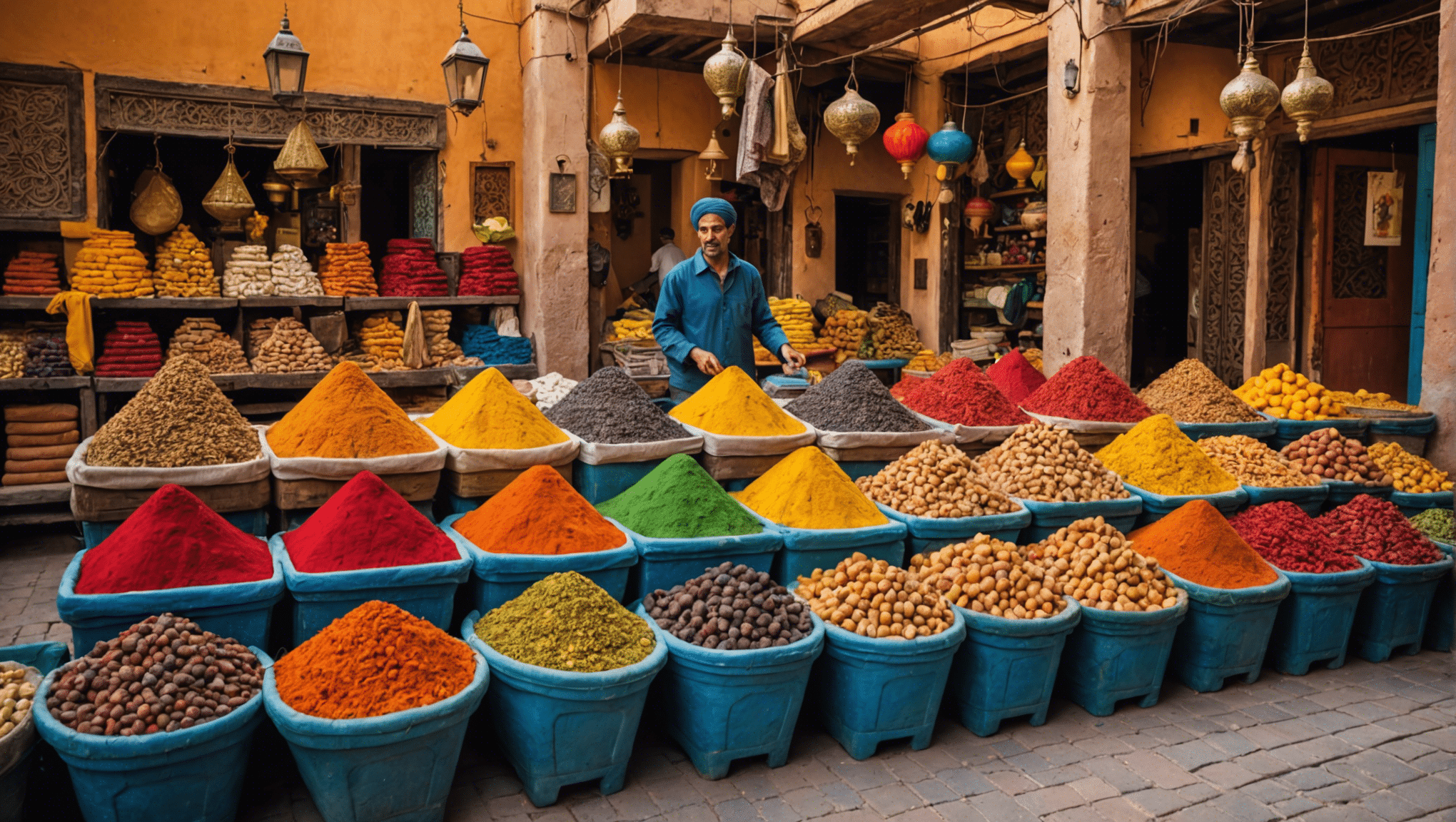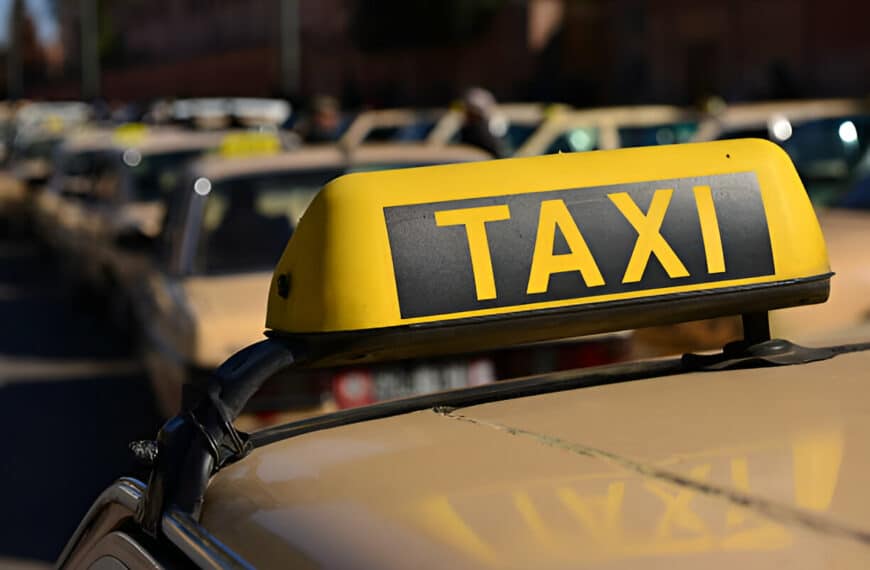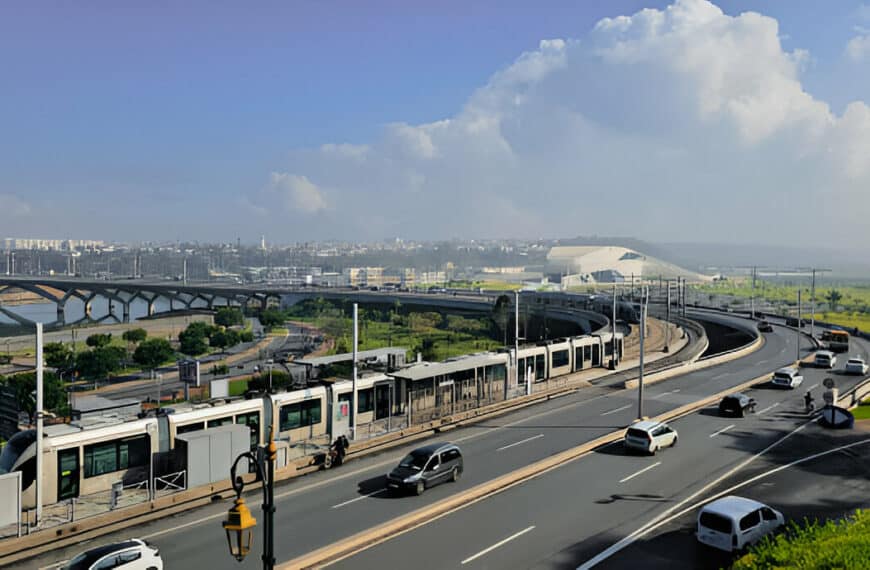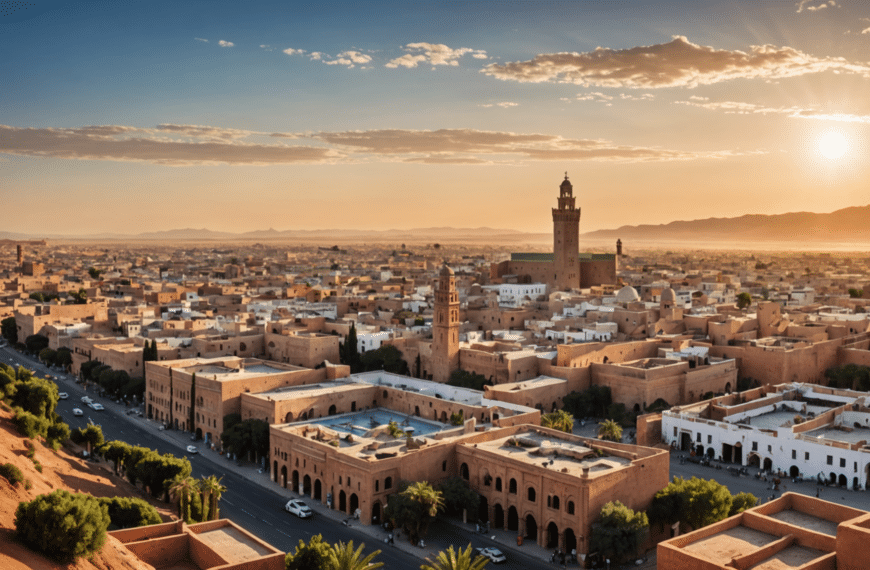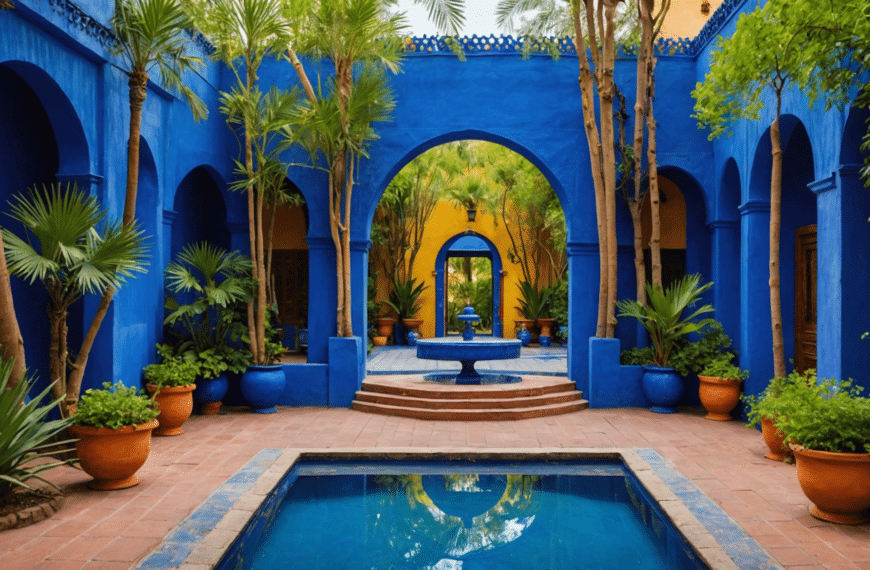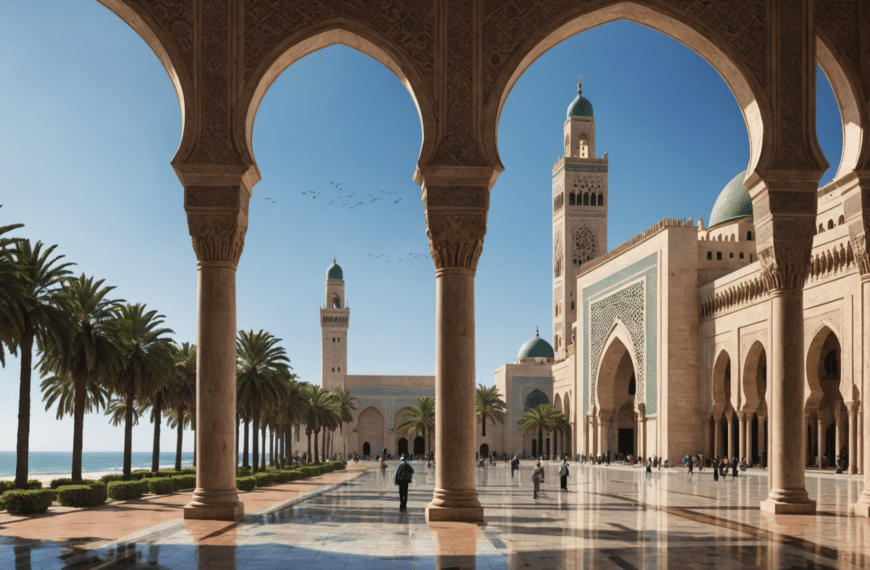Marrakech, a city steeped in history and culture, offers a linguistic tapestry as vibrant as its bustling souks and stunning landscapes. Understanding the languages spoken here is essential for anyone looking to fully immerse themselves in the local culture.
The Dominance of Arabic
Arabic is the official language of Morocco and holds a place of prominence in Marrakech. Specifically, Moroccan Arabic, known locally as Darija, is the most widely spoken dialect in the city. Darija is distinct from Modern Standard Arabic, the formal version used in media and official communications. The nuances of Darija reflect the unique cultural and historical influences that have shaped Morocco over centuries.
Berber Languages: A Cultural Heritage
Alongside Arabic, Berber languages hold a significant place in Marrakech’s linguistic landscape. These indigenous languages, particularly Tamazight, are spoken by a substantial portion of the population. In 2011, Berber languages were officially recognized in the Moroccan constitution, affirming their importance to the country’s heritage. This recognition has helped preserve Berber languages and promote their use in education and public life.
The Role of French
French serves as a secondary language in Marrakech and is widely used in business, education, and diplomacy. It was introduced during the French Protectorate from 1912 to 1956 and has remained an influential language in Morocco. Many Moroccans speak fluent French, and it is often used as a lingua franca among people who do not share a first language.
Increasing Use of Spanish and English
In recent years, other foreign languages have started to make their mark on Marrakech. Spanish is frequently heard due to Morocco’s proximity to Spain and historical ties. Additionally, English is becoming increasingly popular, especially within the tourism sector. As reported, many locals in Marrakech are now learning English to better communicate with international visitors.
Linguistic Diversity Among Tourists
Marrakech is a major tourist destination attracting visitors from all over the world. This influx has introduced a variety of languages into the city’s daily interactions. From German and Italian to Chinese and Russian, the streets of Marrakech echo with a multitude of languages, reflecting its status as a global cultural hub.
The linguistic diversity of Marrakech offers a fascinating glimpse into its complex cultural identity. Here are some key points about language use in the city:
- Darija is the everyday language spoken by the majority of Marrakech’s residents.
- Tamazight and other Berber dialects are prevalent, especially among indigenous communities.
- French acts as a bridge language for many educational and business activities.
- The growth of English and Spanish reflects Marrakech’s expanding international connections.
The rich linguistic environment of Marrakech not only enhances its charm but also poses interesting challenges and opportunities for communication within this dynamic city. Whether through signs written in multiple languages or conversations flowing seamlessly from one tongue to another, language remains at the heart of Marrakech’s vibrant culture.
Cultural Impact on Language Usage
The interplay between language and culture in Marrakech is evident in daily life. Traditional Moroccan events and festivals often feature a blend of Arabic and Berber languages, showcasing Morocco’s diverse cultural heritage. Moreover, the influence of languages like French reflects historical ties that continue to shape modern Moroccan society.
In conclusion, understanding the linguistic dynamics of Marrakech provides deeper insights into its cultural complexities and social interactions. Whether you are navigating through the medina or engaging with locals, appreciating this linguistic diversity can enrich your experience in this enchanting city.

